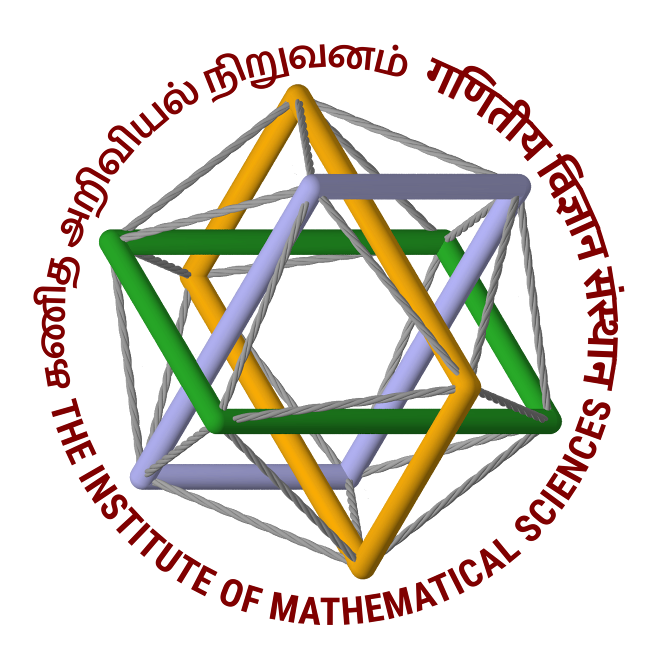FACETS 2025
May 22-23, 2025 9:30 - 17:00
Abstracts
-
Fantastic Partitions and Where to Find Them
Arvind Ayyer (Indian Institute of Science)
-
Opportunities for mathematicians in the private sector.
Mohan Ravichandran (Zessta Software)
I'll talk about how training in mathematics can help in a variety of roles in the software development world. These range from algorithm and system design, modeling and high quality development. I have been working in the private sector for three years, in the intersection of data science and machine learning. I'll share my experiences and talk about opportunities available for mathematics graduates.
-
Using data to strengthen democracy and development
Rajendran Narayanan (Azim Premji University)
There is a tendency to see research, democratic engagement and public action as distinct from each other. However, in reality, they can be in constant dialogue, with each feeding onto the other. As a case study, we examine the use of digital technologies and Aadhaar used in the implementation of the Mahatma Gandhi National Rural Employment Guarantee Act (NREGA) and the National Food Security Act (NFSA). Policy implementations can result in "inclusion errors", that happen when somebody not eligible for a scheme avails of rations; and "exclusion errors" that happen when somebody eligible for a scheme does not get it. Minimising inclusion errors are a primary pre-occupation for governments while exclusion errors can result in violation of rights. Data and evidence are at the centre of this tension. Reinterpreting a quote by the famous statistician John Tukey, we argue how data comes with politics on its back and can play a vital role in being a bridge between research and action. We explore how data-based evidence plays a vital role in pushing for better transparency and accountability.
-
Waves: A unifying concept across nature and society
Sitabhra Sinha (The Institute of Mathematical Sciences) -
Counting geodesics on surfaces
Vijay Ravikumar (Azim Premji University)
We all know how many lines connect two distinct points in the plane: there's exactly one that does the job! But suppose we work with a more general surface, like a cylinder, a cone, a tetrahedron, or a torus? In this case we need to generalize the concept of a line to that of a *geodesic*: a locally distance-minimizing curve. We can then ask the question, how many geodesics connect two distinct points on a given surface? The answer is subtler than one might expect. But even more surprisingly, we can forget our differential geometry and instead focus on folding, rolling, and cutting paper to arrive at a solution! Tessellations, covering spaces, orbifolds, and the art of MC Escher come to our assistance.
